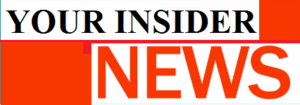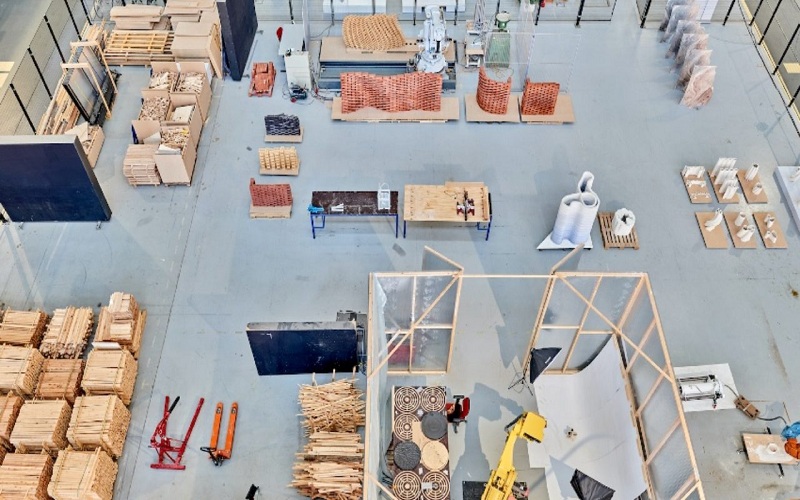The application of advanced technologies, through which models are conceived and constructed, has therefore strongly altered the ways in which they are envisaged and materialized in the contemporary, rapidly evolving context of architecture. Among the technical innovations that have significantly altered the fields of architecture and urban planning is 3D printing. 3D printed gears are proving to be quite beneficial; one of many uses is to enhance the beauty and efficiency of architectural models. Now let’s consider how the experimental aspects of architectural models’ accuracy, complexity, and functionality can benefit from 3D printed gears, contributing to better 3D printing for urban planning and architectural models visualization.
Improving the Design through 3D Printed Gears
Accuracy and Precision
One of the main advantages of 3D printed gears is that the models are less imprecise or inaccurate and this adds precision to the architecture models. Inconsistencies may arise from the hand assembly and adjustment of traditional gears and mechanical components. Conversely, precise dimensions and tolerances can be achieved in the manufacturing of gears thanks to 3D printing. This degree of precision is essential for architectural models since the whole design can be greatly impacted by the accuracy of moving pieces, including automated mechanisms or interactive elements.
Intricate geometries
In architectural models, there is sometimes a need for intricate details and intricate curvatures in the model’s particular geometry, which cannot be easily accomplished through traditional drafting. While gears with such forms and striking interconnections would have been nearly impossible to cut with conventional tools or through other methodologies, those gears are fairly simple compared to components that 3D printing could be able to generate. This feature is especially helpful for models with dynamic aspects, like moving parts or movable structures, where accurate gear mechanisms are necessary for proper operation.
Personalization and Adaptability
The capacity to modify and alter 3D printing gears is an additional benefit that improves the process of creating architectural models. Designers and architects can quickly alter gear designs to include special features or satisfy project specifications. This adaptability makes it possible for iterative design processes and rapid prototyping, which facilitate timely and effective adjustment-making. A high degree of customization that may be adapted to each project’s requirements is provided by 3D printing, which can be used to change teeth patterns, material qualities, or gear sizes.
Benefits of using 3D printed gears in architecture models in practice
Kinetic and Interactive Components
Adding dynamic and interactive components to architectural models may make ideas come to life and give stakeholders and clients a more engaging experience. To create moving components and systems that show how a building or metropolitan area will operate, 3D printed gears are essential to this process. To create a dynamic and accurate depiction of the architectural design, gears can be employed to mimic automated shading systems, mechanical openings, or movable partitions.
Better Illustration
To effectively communicate architectural thoughts and designs, visualization is essential. This is made possible by 3D printed gears, which enable the construction of models that faithfully capture the desired operation of different parts. With the aid of this improved visualization, stakeholders are better able to comprehend how various design aspects will interact and function, which promotes more informed decision-making and feedback.
Strength and Lifespan
Another crucial factor to take into account is the 3D printed gears’ durability. The functionality of moving parts in traditional model-making materials might be impacted by their gradual deterioration or destruction. Proprietary 3D printing materials and processes guarantee that gears are durable and strong, preserving their functionality and aesthetics during the model’s lifetime. For models that will be used for presentations, exhibitions, or frequent demonstrations, this durability is especially advantageous.
Urban Planning Applications
In-depth City Models
3D printed tools can be used in urban planning to produce intricate models of infrastructure, transit systems, and city layouts. Planners are better able to envision the functions and interactions of various city components when they include moving pieces and interactive aspects. Gears, for instance, can be used to model pedestrian traffic, public transportation systems, and traffic flow, all of which can shed light on the practicality and effectiveness of urban planning.
Interactive Tools for Planning
Presenting intricate facts and scenarios to stakeholders, such as local government representatives and community people, is a common task for urban planners. These displays can be improved by using 3D printed gears,They provide interactive features that allow visitors to learn about different areas of the city plan. Moving-part interactive models can show how different aspects of the city will function together, helping stakeholders better understand the effects of suggested developments or adjustments.
Prospects and Innovations for the Future
The potential uses of 3D printed gears in the creation of architectural models and urban planning are probably only going to grow as technology develops. The prospect of obtaining intricate and applicable models will rise with developments in 3D printing because of inventions in design tools, printing techniques, and materials. Advanced interaction functions and data acquisition mechanics might be developed in the next project by incorporating advanced types of sensors and actuators to 3D printed gears.
3D Printing’s Function in the Creation of Architectural Models
As for architectural model making, 3D printing has revolutionized its process by providing designers and architects with levels of accuracy and detailing that have not been previously possible. Conventional model-making techniques frequently employ mechanical methods that are constrained by the level of detail and require difficult, complicated procedures. However, 3D printing is a useful technique that enables the creation of intricate concepts and unique parts.
Conclusion
Due to the several aspects of accuracy, detail, and usability, printed gears can be valuable to the areas of owning and constructing cities and buildings. To be more specific, architects and urban planners can develop more sophisticated, elaborate and stimulating models for the intentional, visual, and operational decisions, and the development of the design that can be created through the use of 3D printing technology. Applying the 3D printed gears is expected to play an increasingly important role in designing the architecture and urban planning in the future when the three-dimensional technology is developing.




